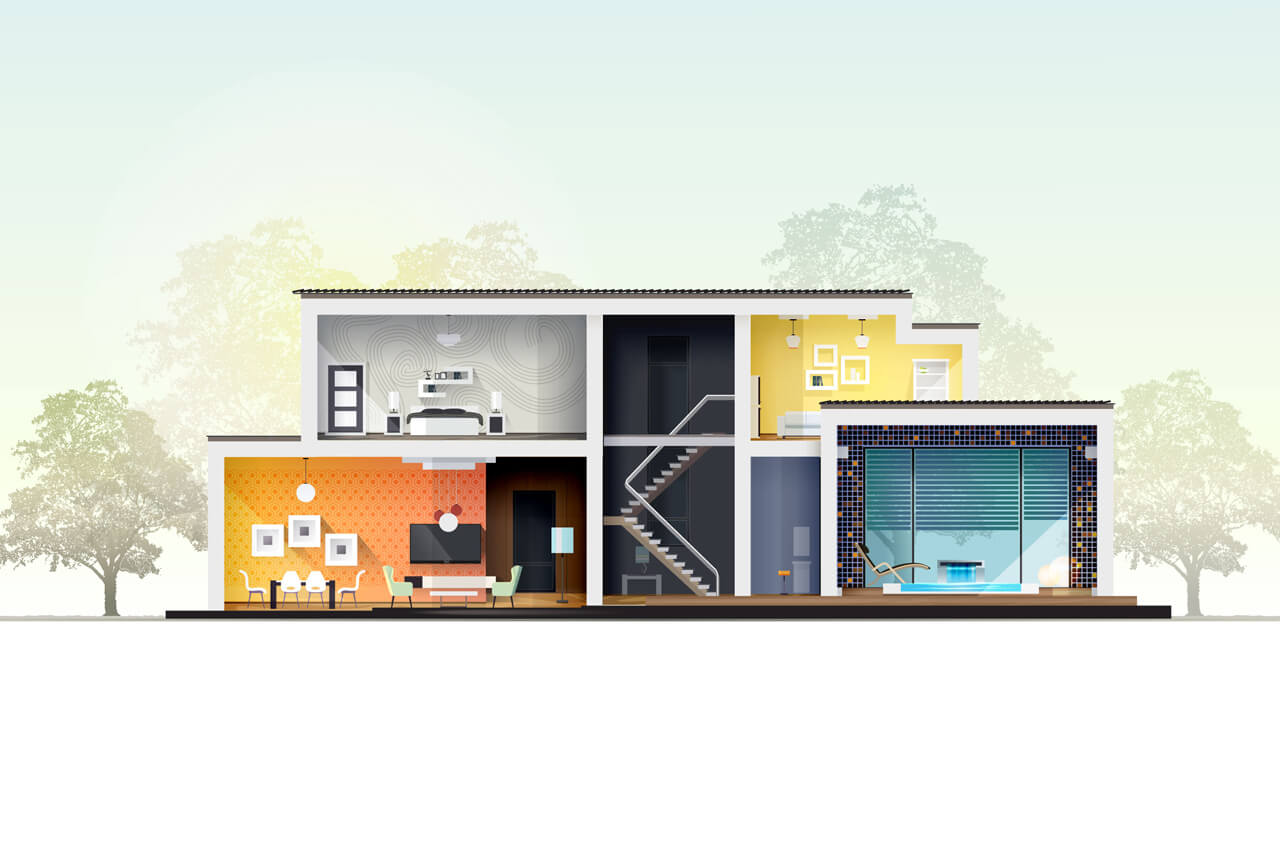What is Microfiber Cement?
The choice of building materials is one of the most important decisions in home construction. It impacts not only the strength and longevity of the home but also its comfort, safety, and aesthetics. Homeowners and builders today want materials that deliver durability, versatility, and environmental responsibility.
One material that has been gaining rapid popularity in India is microfiber cement—a crack-resistant cement designed to withstand a wide range of environmental challenges while providing a smooth, lasting finish. From humid coastal regions to scorching desert climates, microfiber cement offers performance benefits that make it an excellent choice for modern Indian homes.
What is Microfiber Cement?
Microfiber cement is a specialized form of cement enhanced with fine synthetic fibers that are directly integrated into the cement mix. These fibers work like microscopic reinforcements, improving tensile strength and making the cement far more resistant to cracking, shrinkage, and surface wear compared to traditional cement.
The addition of these fibers allows the cement to better handle structural stresses, including:
- Temperature fluctuations (heat expansion and cold contraction)
- Foundation shifts in unstable soils
- Moisture infiltration during monsoon seasons
- Heavy usage in high-traffic areas
These microfibers also create a more uniform, smoother surface, making the crack-resistant cement ideal for both structural and decorative applications.
The Composition and Manufacturing Process
The strength and reliability of microfiber cement are rooted in its precision manufacturing process. The base mix typically includes high-quality cement, fine sand, and water, to which synthetic microfibers are added.
The process involves:
- Advanced mixing techniques – Specialized equipment ensures even distribution of fibers throughout the cement, preventing weak points and ensuring consistent strength across the entire batch.
- Dense particle matrix – A carefully calibrated particle size distribution ensures a tightly packed structure, improving density and reducing porosity.
- Specialized dosing systems – State-of-the-art microfiber dosing systems add fibers at precise ratios, backed by research and performance testing.
- Efficient blending – Components such as clinker, gypsum, and fly ash are individually processed before final blending in a ball mill for uniform consistency.
This manufacturing precision ensures that crack-resistant cement is not just a product but an engineered material built for durability.
Key Benefits of Microfiber Cement
-
Superior Durability and Crack Resistance
The embedded microfibers significantly improve tensile strength, making the cement resistant to cracks, chips, and other structural damage. In cities like Mumbai with heavy rainfall or Jaipur with extreme heat, this resistance to weather-induced stress is invaluable.
-
Moisture Resistance
Microfiber cement’s reduced porosity means it absorbs far less moisture than traditional cement. This prevents swelling, efflorescence, and mold growth, especially in high-humidity and high-rainfall regions such as Kolkata or Kerala.
-
Heat Resistance
India’s summers can be harsh, with temperatures exceeding 45°C in some areas. Microfiber cement offers better thermal stability, helping maintain cooler indoor temperatures and reducing strain on air conditioning systems.
-
Long-lasting Finish
While traditional cement may degrade, discolor, or require frequent repairs, crack-resistant cement retains its smooth finish for years. This makes it ideal for both interior and exterior applications—walls, floors, facades, and decorative structures.
-
Eco-Friendly and Sustainable
Manufacturers increasingly use energy-efficient processes and fly ash integration to reduce the carbon footprint of microfiber cement production. Its extended lifespan also means less frequent replacement, reducing material waste.
-
Easy Application
Microfiber cement comes in ready-to-use mixes with excellent workability, allowing builders to apply it smoothly without specialized tools. This reduces construction time and ensures a consistent, high-quality result.
Duraguard Microfiber Cement from Nuvoco – A Trusted Option
This next-generation Portland Pozzolana Cement (PPC) variant is enhanced with advanced microfiber technology and offers unmatched performance. It features a dense “sand-cement” matrix, achieved via an efficient air separator that ensures optimal particle size distribution—key to enhanced structural integrity.
It uses high-quality clinker (48–52% C₃S, low aluminate content), contributing to superior bonding and performance. Components like clinker, gypsum, and fly ash are individually fed into the ball mill, ensuring uniform mixing and consistent product quality. It employs a specialized microfiber dosing system calibrated through extensive research, ensuring the correct fiber integration for long-term durability. The crack-resistant cement contains premium-quality electrostatically precipitated fly ash, further enhancing the cement’s durability and environmental profile.






